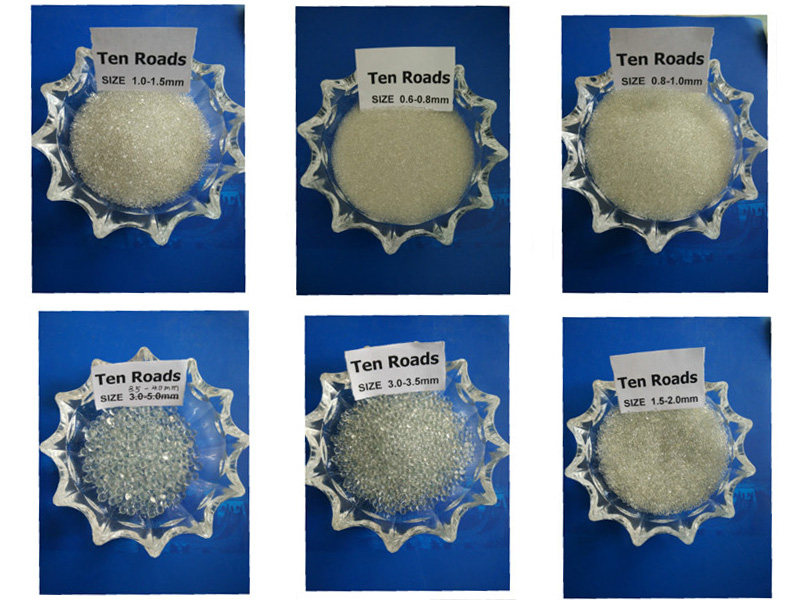What are glass beads used for in road marking?
Road markings are an essential aspect of our transportation infrastructure, providing guidance and safety for drivers on the roads. Glass beads play a significant role in enhancing the visibility and effectiveness of road markings. In this article, we will delve into the various applications and importance of glass beads in road marking. From improving visibility to increasing safety, let's explore how glass beads contribute to the efficiency of road marking systems.
Enhancing Visibility and Retroreflection
Glass beads are used in road marking materials to improve visibility, especially during low-light conditions. These beads have retroreflective properties, meaning they reflect light back towards its source, such as a vehicle's headlights. This phenomenon significantly enhances the visibility of road markings, allowing drivers to easily identify lane boundaries, traffic signs, and other important markings.
Increasing Nighttime Safety
One of the primary benefits of using glass beads in road marking is the enhanced safety they provide during nighttime driving. The retroreflective nature of glass beads ensures that road markings remain clearly visible in the dark. By effectively reflecting light back to the driver, glass beads enable better perception of the road layout, reducing the risk of accidents and improving overall road safety.
Improving Wet Weather Visibility
Road surfaces can become slippery and hazardous during rainy conditions. Glass beads incorporated into road markings help improve visibility and skid resistance in wet weather. The beads create a textured surface that increases tire grip, reducing the chances of skidding or hydroplaning. This feature enhances driver control and contributes to safer driving experiences, even in adverse weather conditions.
Extending Durability and Longevity
Glass beads contribute to the durability and longevity of road markings. The beads are embedded in the marking material, protecting it from wear caused by vehicle tires and harsh weather conditions. This ensures that the road markings retain their retroreflective properties for an extended period, minimizing the need for frequent repainting or maintenance. The long-lasting nature of glass beads makes them a cost-effective solution for road marking projects.
Application Methods: Premixing and Drop-on
Glass beads can be incorporated into road marking materials through two main application methods: premixing and drop-on.
Premixing: In this method, glass beads are mixed directly into the paint or thermoplastic material before it is applied to the road surface. This ensures a uniform distribution of beads throughout the marking, optimizing retroreflectivity.
Drop-on: With the drop-on method, glass beads are applied onto freshly painted or thermoplastic road markings. The beads adhere to the surface, enhancing retroreflection. This method is often used for reapplication or to improve the retroreflective properties of existing markings.
Standards and Regulations
To ensure consistent quality and effectiveness, road markings and glass beads must adhere to specific standards and regulations set by transportation authorities. These standards dictate factors such as bead size, refractive index, and retroreflectivity levels. Compliance with these regulations helps maintain optimal visibility and safety on the roads.
Conclusion
Glass beads play a vital role in road marking systems, contributing to improved visibility, safety, and durability. They enhance visibility during nighttime and wet weather conditions, increasing driver awareness and reducing accidents. The incorporation of glass beads extends the lifespan of road markings and reduces maintenance requirements. By following established standards and application methods, transportation authorities can ensure the effectiveness of road markings for the benefit of all road users. Glass beads truly are a crucial component in creating safer and more efficient road networks.



